My "Buzzy" Afternoon
Visit Turunç in late summer and you just can't avoid the local honey - and the bees that make it! Travelling the country roads on the Bozburun peninsula you will see hundreds of beehives scattered in fields and forests and pass dozens of little roadside stalls selling honey. I was told that in mountain villages, like Dereözü, Osmaniye and Bayır, just about every family keeps bees - making honey for their own use and to sell on. You can learn more about the history of honey production in the area by visiting the excellent Honey House at Osmaniye.
But my experience was to be altogether more exciting - I was off to meet "the bee man" in person and see how that delicious spread got from the hive to my morning bread. Ünat Demir is a young man who over recent years has turned his hobby into a thriving business. Starting with just a few, he now has over 300 hives, generating 30kg of honey per hive in a good year - and he'd generously agreed to let me spend an afternoon with him.
With local resident Cihan Bayrı as my guide, we set out on a very hot September afternoon from Turunç village to meet up firstly with Ünat's dad. He was manning their roadside stall just over the mountain crest out outside the village. Now, I was already wearing long trousers - tucked into the thickest socks I could find - and was liberally sprayed with insect repellant ... but further protection was needed! We collected 'bee-suits' - sort of long-sleeved shirts with a sewn-in hat - and headed off to find Ünat. Taking the 'top road' towards Bayır, we quickly reached the village of Osmaniye where the Honey House can be found and shortly after turned off right into a little hamlet called Hacıağaç where Ünat's grandparents old house was located.
We suited up and it soon became obvious that I could take my camera or my notebook - but not both. I chose to rely on my memory and with camera in one hand - and both hands drawn well up my sleeves! - we scrambled over a wall, marched carefully through a field of hives and made our way to the little tent in the corner where Ünat (and as it turned out his Mum too) were processing the honey.
Inside the tent we were warmly greeted and for the next hour or so I watched - quite fascinated - as the process of honey extraction was carried out and explained right before me. It's actually quite straightforward - honeycomb frames (there are 10 to a hive) are brought in using a little metal 'pram', the holes in the honeycomb are painstakingly scraped clear of wax, the frames are placed into a centrifuge and the honey is spun out before being finally filtered and placed in a 30kg metal can. That's it! - no additives, no blending, no adulteration of any sort - just pure natural product. But, while the basic process may be simple - the working conditions seemed very challenging to me. Everything - lifting, cranking, pouring was done by hand in a cramped working space, and a sticky atmosphere. And - gosh it was hot - bad enough it was in the 30s outside: add the airless tent and the confined suit I was wearing and I found it really oppressive. Oh - and there were bees everywhere! They didn't seem to bother Ünat - hat and glove free he just shooed them out of a little hole when they became too much. At one point, Cihan removes his hat and offers me a cigarrete: I try to work out how I am going to manage this inside my visor and decide to give up smoking - for the next hour!
Ünat and Cihan described a typical "bee year" to me and I began to understand the real intricacies of this business. Hives are moved around Turkey - often over long distances - to "chase the pollen and honey". Between January and March the hives are moved to almond groves because these are the first trees to flower. This is not so much to produce honey but to ‘prime’ the hives for later production by generating worker bees. These worker bees live just 40 days and their only role is to nurture the eggs laid by the Queen Bee with pollen and honey from flowers and trees. Cihan called them 'soldier bees' which I thought was much a better name. The Queen, I learned, lives between two and four years before being killed either by the workers or the bee-keeper as her fertility declines. By the end of April the hives are moved to Anatolia (places like Afyon and Isparta) where Spring is typically a month later than here on the coast. This phase produces some flower honey but is also designed to keep the bees 'healthy'. This involves hundreds of kilometers of travel all at night because the bees cannot stand daytime conditions. Visit Turunç in the summer months of July and August and you will see not a single beehive. In mid August the hives return to the Turunç area for pine honey for which the region is famous. September and October are the peak months for 'harvesting' which is carried out about every 21 days. Even in this period, the hives are moved around as the temperatures fall - from the mountain villages to the coastal side of the mountain above Turunç. Finally in November and December the hives are relocated again to the warmer coastal areas of Datça and Söğüt to catch the late carob crop.
So now the complexities of the business really start to hit home! Among other skills, Ünat needs to be a meteorologist to track and forecast weather changes, a consummate project manager to keep track of the latest state of groups of his hives in various locations, an HGV driver to truck loads of hives across long distances, a negotiator to secure resting locations for his hives in many village locations across Turkey - and he really needs to understand bees! I've got to say - I was pretty impressed.
I also realise how incredibly fortunate I was to be able to experience this afternoon. I want to thank both Cihan and Ünat for their time and patience. And, the next time I drizzle some delicious Turunç honey onto my crusty local bread - I'll do so with just a little more reverence.
Hugh

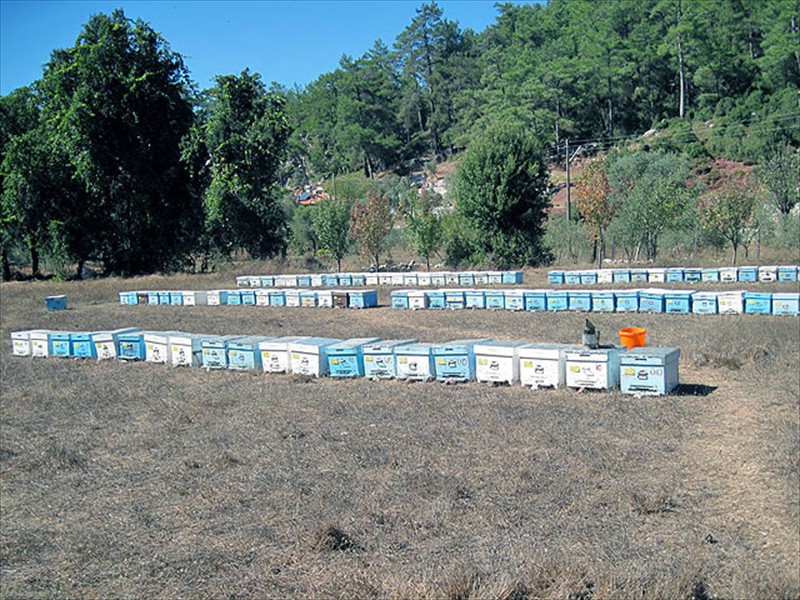

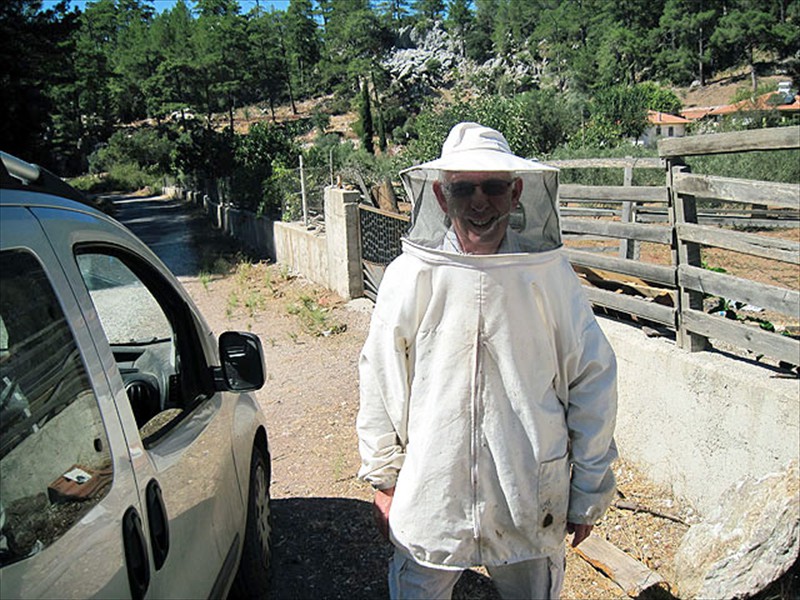
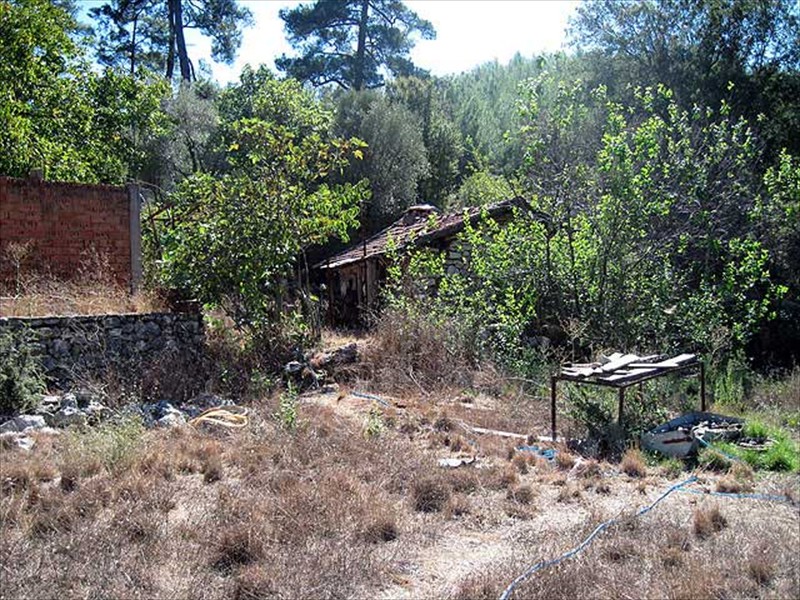

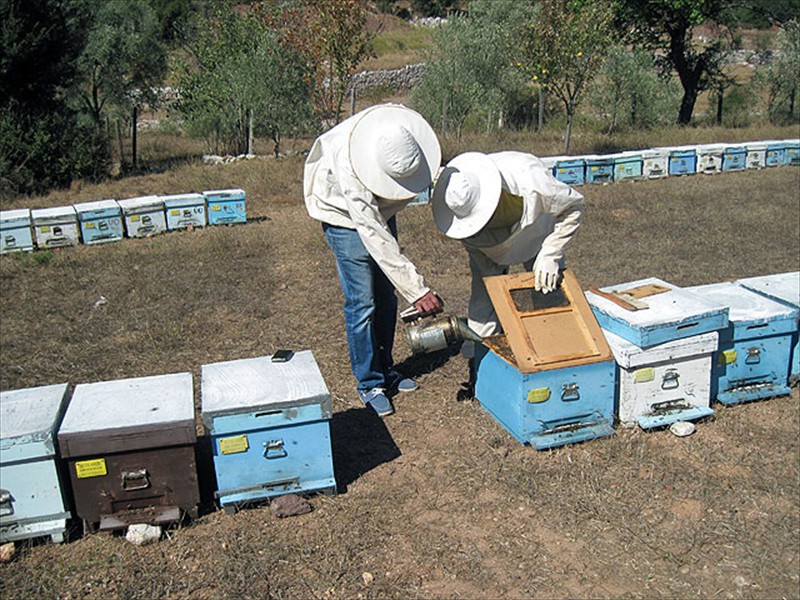
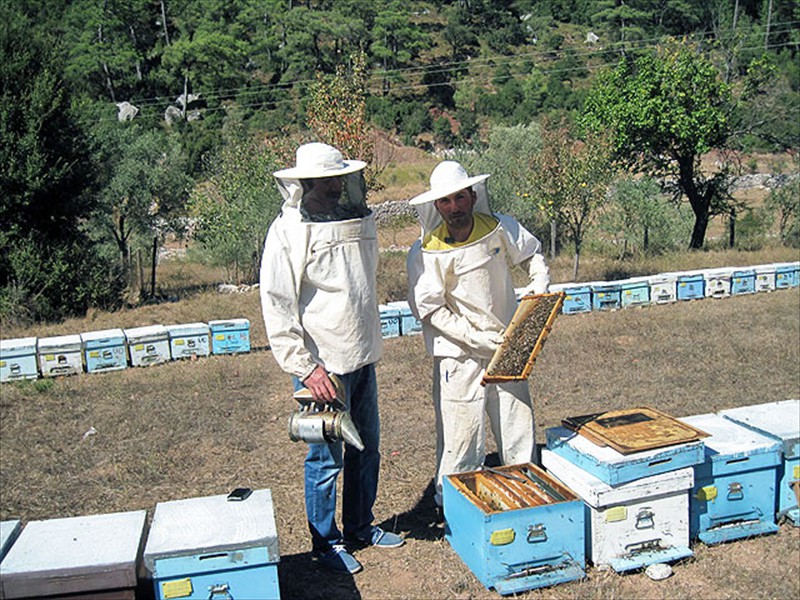

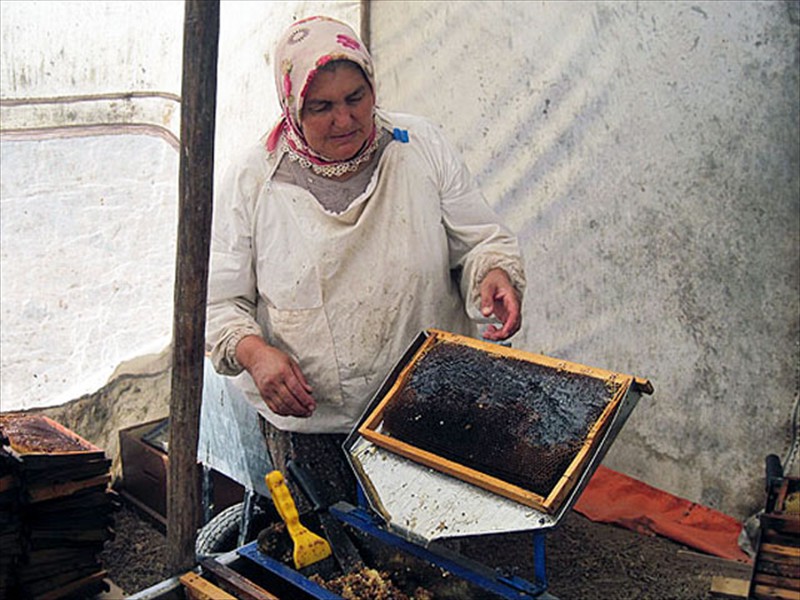
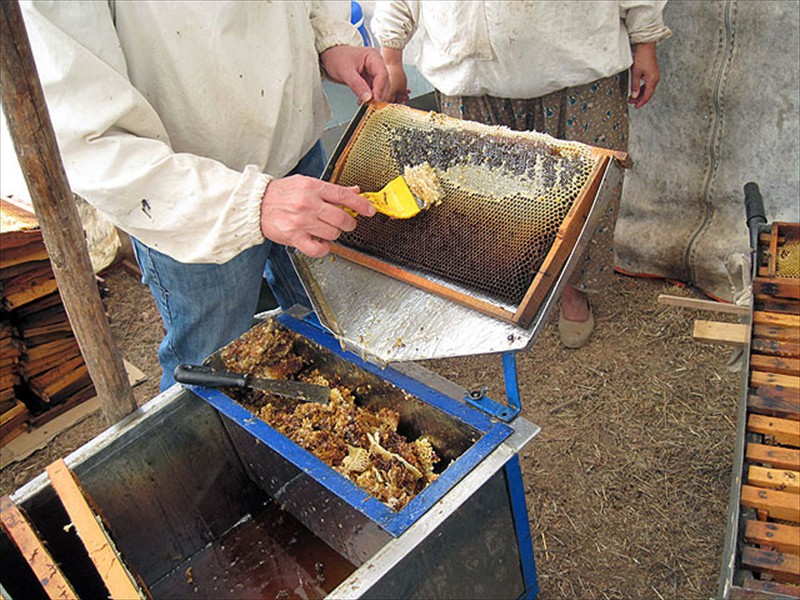
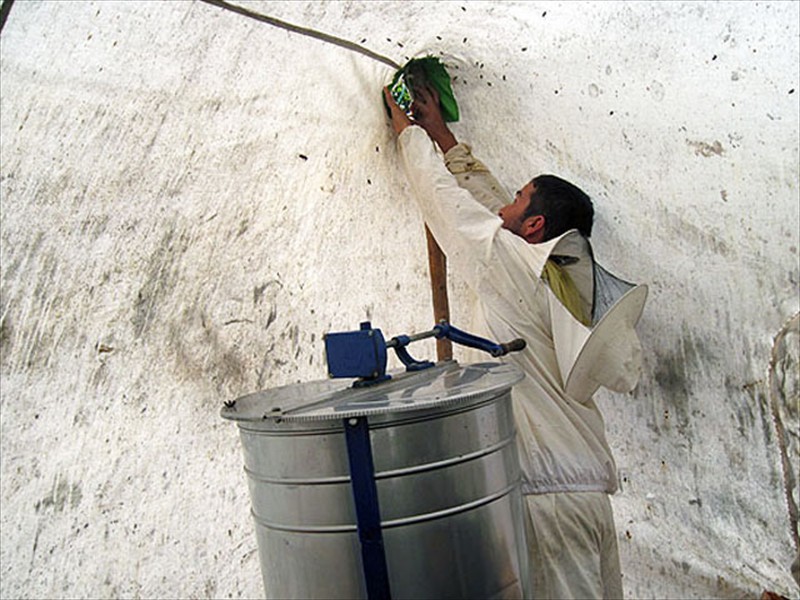
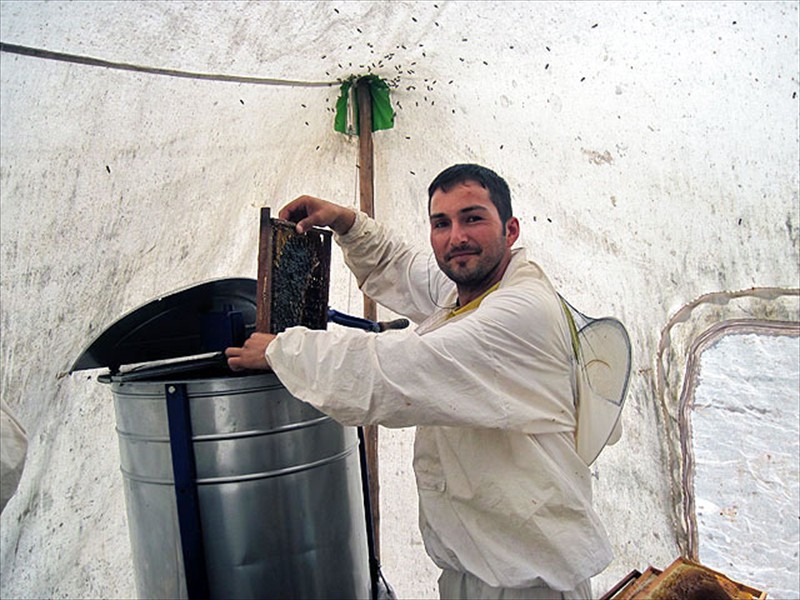
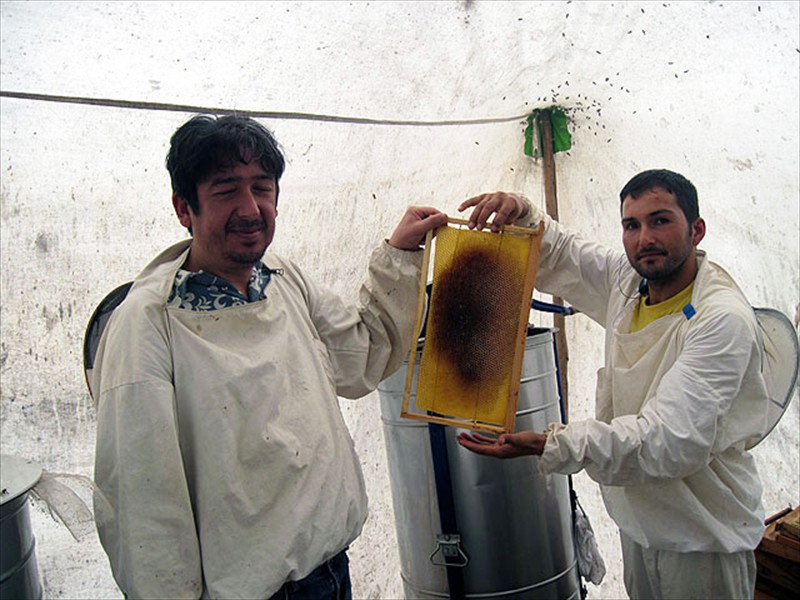
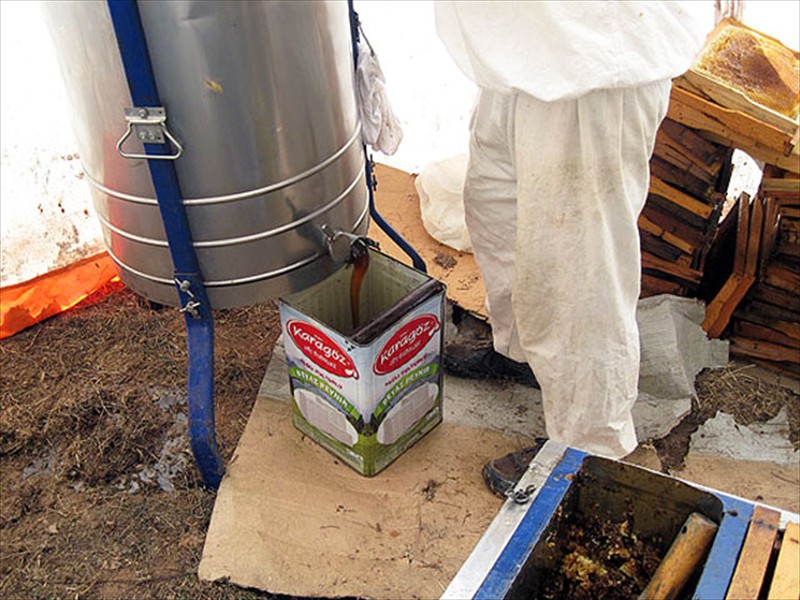
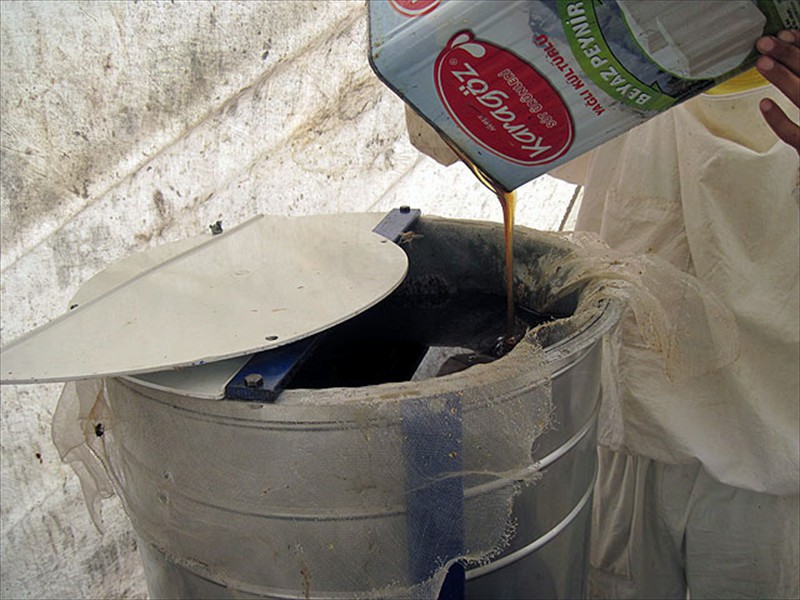


 1
1 2
2 3
3 4
4 5
5 6
6 7
7 8
8 9
9 10
10 11
11 12
12 13
13 14
14 15
15 16
16 17
17 18
18